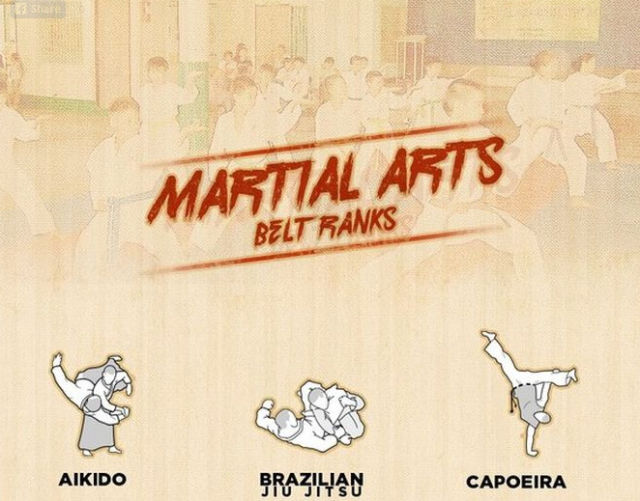The Evolution And Historic Relevance Of Martial Arts Throughout Different Cultures
The Evolution And Historic Relevance Of Martial Arts Throughout Different Cultures
Blog Article
Created By-Sutton Vick
Martial arts have a remarkable history that extends centuries and continents. You might find it interesting just how ancient methods like Shuai Jiao and Kalaripayattu laid the groundwork for modern combat techniques. These techniques not only stress physical skills yet likewise reflect the cultures that birthed them. As you explore their development, think about just how globalization has changed these traditional types into hybrid styles. What impacts do you assume have formed today's martial arts landscape?
Ancient Martial arts: The Foundations of Fight
As you delve into the globe of old martial arts, you'll discover the rich structures that formed battle techniques throughout societies. Early methods focused on Self-Defense and survival, typically integrating strikes, hurting, and weapons.
In ancient China, as an example, strategies like Shuai Jiao emphasized tosses and joint locks, while India's Kalaripayattu showcased agility and fluid activity. Japanese samurai established Kenjutsu, a polished swordsmanship that highlighted discipline and method.
These martial arts served not just for fight but additionally as a means of personal advancement, instilling values like respect and determination. The blending of these techniques with time laid the groundwork for the varied martial arts you see today, each mirroring the unique ideologies and demands of its culture.
The Social Impact on Martial Arts Growth
While martial arts usually mirror the sensible requirements of a society, they likewise symbolize the social worths and ideas of their origins. When you check out various martial arts, you'll discover how they're affected by faith, approach, and social norms.
As an example, the focus on respect and self-control in Japanese martial arts comes from Zen Buddhism and samurai society. On the other hand, Brazilian Jiu-Jitsu advertises adaptability and method, shaped by the requirement for effectiveness in a varied, modern environment.
You might locate that the routines, uniforms, and training approaches mirror a community's history and identity. By understanding which martial arts have belts , you strengthen your appreciation of martial arts and their role in shaping human experiences around the world.
Modern Adaptations and the Globalization of Martial arts
Martial arts have transformed substantially in recent decades, adjusting to modern society and worldwide impacts. You'll notice that typical kinds have combined with contemporary methods, creating hybrid styles like MMA. These adaptations deal with varied audiences, making martial arts easily accessible and attractive globally.
With the increase of social media sites and electronic platforms, you can find tutorials and competitors from all corners of the world, breaking geographical barriers. This globalization has actually caused a shared recognition for different techniques, from Brazilian Jiu-Jitsu to Taekwondo.
As martial arts you can teach yourself involve with these arts, you'll recognize they're not practically combat; they advertise fitness, self-control, and psychological well-being.
Inevitably, contemporary adaptations have actually improved the martial arts landscape, making it a dynamic and advancing technique.
Final thought
In checking out the background and advancement of martial arts, you discover an interesting blend of methods, cultures, and viewpoints. From ancient techniques like Shuai Jiao and Kalaripayattu to the contemporary flexibility seen in mixed martial arts, martial arts show humanity's mission for Self-Defense and personal growth. As you involve with these techniques, you not only get abilities however additionally a deeper appreciation for the diverse practices that shape our world today. So, continue martial arts list and accept the art of fight!
